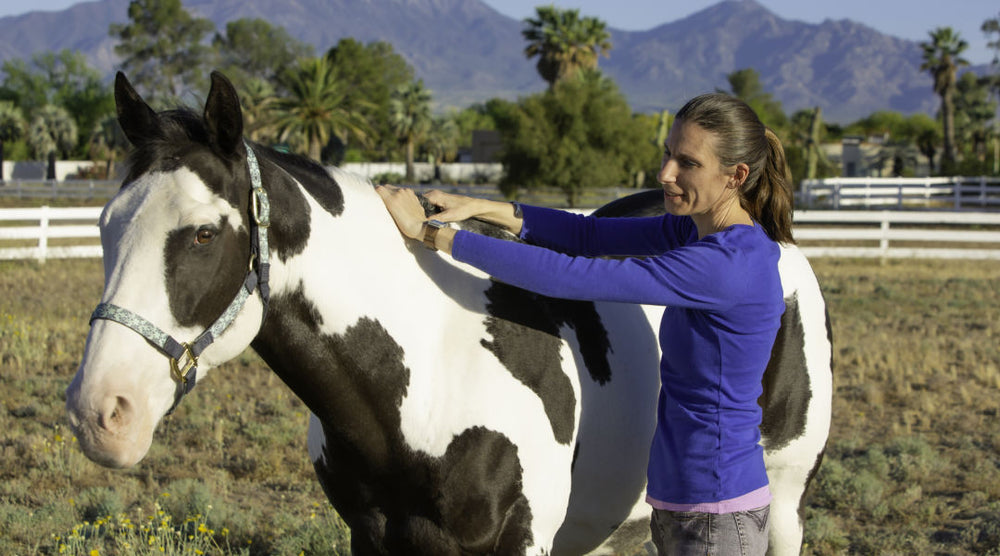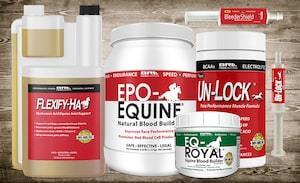
Chances are that some barn spring cleaning is on your to-do list, but as the warmer weather arrives, there are some tasks you should focus on to help keep your horse healthy, too. Spring is a perfect time to check up on your horse’s health and make any changes needed for the year ahead. Are the following items on your horse’s spring health checklist?
Schedule Your Annual Vet Appointment
The first — and possibly most important— element of maintaining your horse’s health starts with Aan annual spring vet appointment. In addition to the basics, like having your horse’s teeth floated and making sure that he receives all necessary vaccines, consider having a fecal egg count performed. This test can inform you which horses in your barn are heavy intestinal parasite shedders, and allows you to strategically deworm horses only when they need it. This is an important step in helping to prevent parasite resistance, and ensures that your horse receives deworming products only as needed.
Supplement Vitamin E
Consider having them run a blood test to check your horse’s Vitamin E levels. This nutrient is present in fresh grass and fresh hay, but the longer that hay is stored, the more it degrades. If your horse hasn’t had access to pasture through the winter, or if his access to fresh grass is limited this spring, he might benefit from Vitamin E supplementation.
A lack of Vitamin E can make it difficult for your horse to recover from intense workouts. He might experience increased muscle soreness. And, as your horse’s workouts increase in intensity, he’ll need more Vitamin E.
Luckily, supplementing Vitamin E is fairly easy. Taking steps to increase your horse’s fresh grass intake gradually can also help.
Focus on Pasture Maintenance
Pasture maintenance plays an important role in keeping your horse healthy. Each spring, focus on manure removal or harrowing pastures. This is a great time to assess the footing in your pastures and look for areas that are in need of repair. Paying extra attention to footing can potentially prevent injuries that might result from a slip or fall.
Consider rotating your pastures, too, to help them recover after winter so that your horses are able to graze throughout the year. Implementing a pasture rotation program may take some initial planning, and you may have to divide existing pastures or add on new sacrifice areas. The effort is often worth it, though, since you may enjoy better quality pastures as a result.
Provide Bodywork
The spring is also an ideal time to schedule some bodywork for your horse. After the winter, an equine massage or equine chiropractic session may help to identify stiffness or problem areas that have cropped up. This is also a good time to check into your horse’s saddle fit and make sure that he is comfortable and in prime health to return to work.
By focusing on your horse’s health in the spring, you can make sure that he’s prepared for the demands of getting back into training and preparing for the competition season ahead.
Top trainers, owners and competitors rely on BRL Equine products to help their horses perform at their very best. You can get the same great results! Our all-natural equine nutritional supplements really work... guaranteed or your money back!





Also in Horse Tips and More
Top 10 Ways to Show Your Horse You’re Thankful For Him
November 01, 2021
View full article →
5 Ways to Prepare Your Barn For Summer
May 03, 2021
View full article →
A Breath of Fresh Air: 7 Simple Ways to Keep Your Horse’s Lungs Healthy
February 22, 2021
These seven tips can help to keep your horse’s lungs healthy so you can both breathe easily during rides and competitions.
View full article →